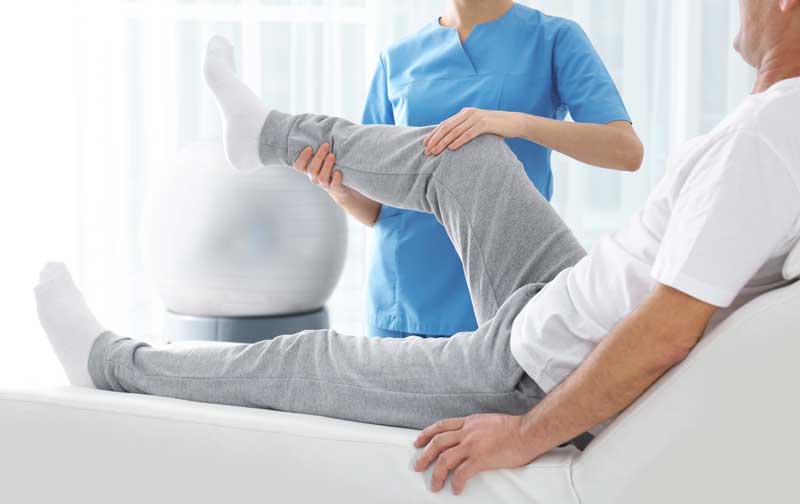Mastering a discipline of workplace optimization is essential for designing office setups that advance physical well-being and operational efficiency. Ergonomics is the science of engineering occupational settings, equipment, and responsibilities to match the needs of workers. By addressing how staff interact with their surroundings, businesses can alleviate discomfort and mitigate repetitive stress disorders. An ergonomic workspace supports natural movement and reduces strain, which can result in improved effectiveness and well-being among team members.
One important aspect of ergonomics is the arrangement of fixtures and devices. Workstations should be at a height that allows workers to sit with their elbows at a 90-degree angle while inputting data. Chairs should provide adequate support for the lower back, encouraging spinal alignment. Additionally, monitors should be positioned at eye level to avoid neck strain. By ensuring that these factors are properly adjusted, employees can maintain a ergonomic position throughout their workflows, decreasing fatigue and boosting focus.

An additional critical consideration in an optimized workspace is the use of ergonomically-designed technologies and technology. This includes keyboards, pointing devices, and other instruments designed to minimize repetitive strain injuries. For instance, using an orthopedic typing device can contribute to relieve wrist pain caused by prolonged typing. Furthermore, ergonomic seating and sit-stand desks allow employees to change their position throughout the day, which can alleviate postural fatigue and amplify physical endurance. Implementing high-quality ergonomic solutions can result in sustainable work habits and improved productivity rates.
Lighting is also a vital aspect in workspace ergonomics. Effective lighting can reduce eye strain and make it easier to engage with go to this site their job functions. Natural light is optimal, but if that is not accessible, using task-specific artificial lighting can help maintaining a comfortable atmosphere. It is necessary to avoid harsh fluorescent lights that may cause visual discomfort or fatigue. By ensuring sufficient lighting, employers can create an environment that advances both comfort and output.
Finally, promoting scheduled breaks is key for sustaining an ergonomic workspace. Encouraging staff to take brief breaks can aid disperse fatigue and mental fatigue. During these breaks, workers should be encouraged to move around or change location to support physical engagement. Structuring scheduled break see this page times can assist build a routine that prioritizes health without compromising work results. Ultimately, mastering ergonomics in the workplace not only boosts well-being but also fosters a more engaged work culture where team members can thrive.